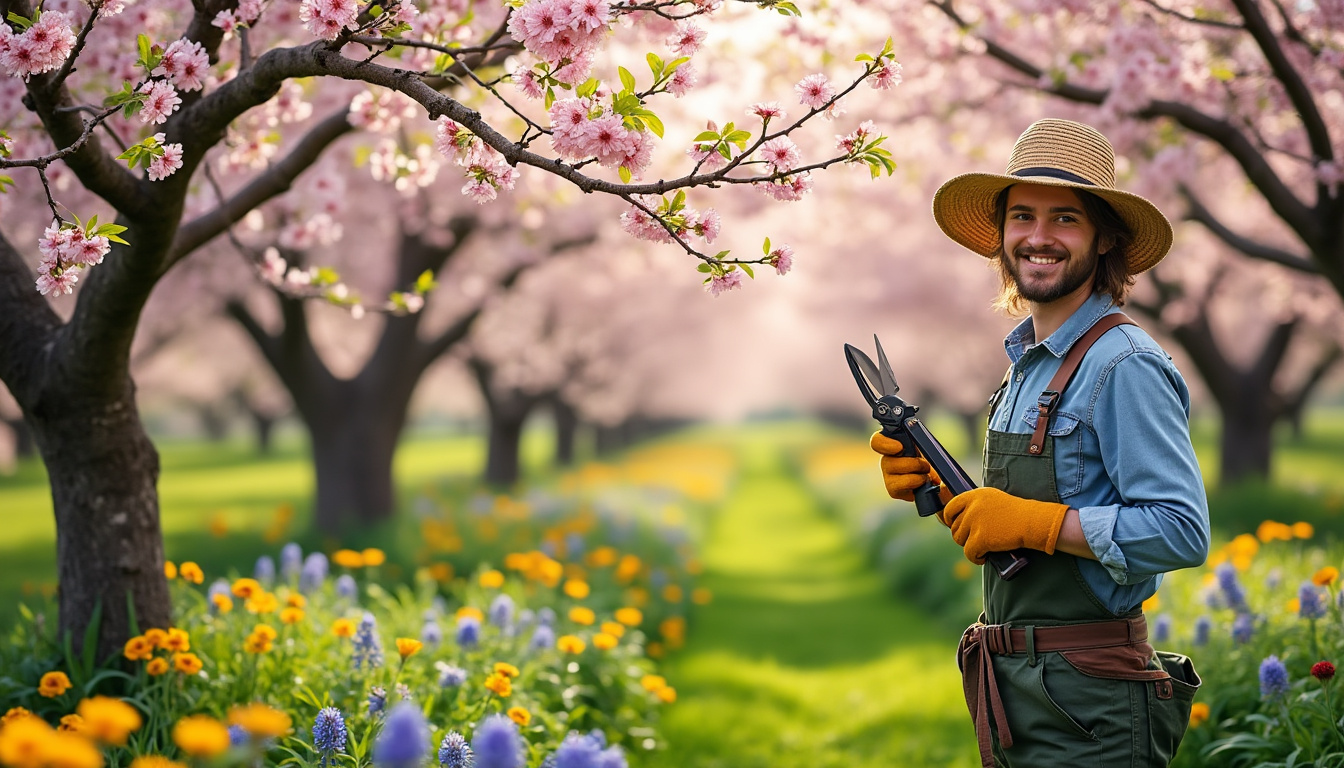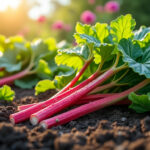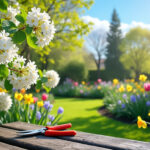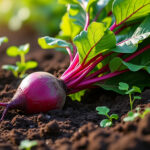Cherry trees are a cherished addition to any garden, offering beautiful blossoms in spring and sweet fruits in summer. However, to ensure they thrive and produce abundant yields, the timing and method of pruning are critical. This article explores effective strategies for pruning cherry trees optimally, enhancing their growth and fruit production.
We will delve into the types of cherry trees, the best time to prune them, essential techniques, and how nurturing your trees can lead to fruitful harvests. With careful planning and execution, you can maintain healthy cherry trees that provide bountiful yields for years to come.
- Understanding cherry tree types
- Best seasons for pruning
- Effective pruning techniques
- Common misconceptions
Understanding cherry tree types for pruning
Cherry trees belong to two main categories: sweet cherries and sour cherries, each requiring specific care and pruning methods. Here’s a brief overview:
| Cherry Variety | Common Characteristics | Pruning Needs |
|---|---|---|
| Sweet Cherry (Prunus avium) | Large, sweet fruits; needs cross-pollination | Typically pruned for shape and to improve airflow |
| Sour Cherry (Prunus cerasus) | Smaller, tart fruits; self-pollinating | Minimal pruning, focusing mainly on removing dead or diseased wood |
Understanding these different types is essential for deciding when and how to prune. Sweet cherries often benefit from more extensive maintenance, while sour cherries can be more forgiving.
Best seasons for pruning cherry trees
Timing is pivotal. The ideal time to prune cherry trees varies slightly depending on the type:
- 🌱 Late Winter to Early Spring: This is generally the best time for pruning most cherry trees. For sweet cherries, pruning just before new growth starts promotes healthy fruit production. This period usually falls between February and early March.
- 🌼 After Harvest for Sour Cherries: Sour cherry trees are best pruned immediately after harvesting. This approach minimizes stress on the tree, allowing it to focus on recovery and fruit production for the following year.
- 🌳 Summer Pruning: Some gardeners advocate for summer pruning, which involves trimming after fruit has set. This method helps control the size of the tree and improves air circulation, reducing disease risk.
Frost can damage newly pruned trees, making it crucial to observe weather patterns. If a late frost is expected, delay pruning until after the risk has passed.
When to prune hydrangeas for optimal blooming?
Effective pruning techniques for cherry trees
With the right tools and techniques, pruning can enhance your cherry tree’s growth significantly. Here are some critical methods to remember:
- ✂️ Use Proper Tools: High-quality tools such as Felco pruners and Stihl saws can make a big difference. Sharp, clean cuts reduce the chances of disease entering the tree.
- ✅ Remove Dead or Diseased Wood: This is essential for maintaining tree health. Look for branches that are dead, discolored, or show signs of disease and remove them promptly.
- 🏗️ Thinning: Thin out crowded areas to improve air circulation and sunlight penetration. This helps prevent disease and ensures even fruiting.
- 🗡️ Cutting Technique: Make clean cuts at a slight angle just above the bud to encourage healthy new growth. Avoid leaving stubs, as they can decay and invite pests.
- 🌿 Maintain Shape: Encourage a balanced shape by removing branches that cross over one another or grow inward, directing growth outward to create a sturdy framework.
Always step back and assess your work periodically to ensure you are achieving the desired shape and health for your cherry tree.
Common misconceptions about cherry tree pruning
Many misunderstandings can lead to improper care. Here are a few common misconceptions:
- 🚫 Pruning is Harmful: While it’s true that excessive pruning can be detrimental, regular, controlled pruning promotes growth and fruiting.
- 🌳 Only Old Trees Need Pruning: All cherry trees, regardless of age, benefit from regular maintenance. Young trees need shaping while mature trees require health-focused pruning.
- 🕒 One Size Fits All: The best pruning practice varies among different varieties and individual conditions of each tree. Tailor your approach based on the specific needs of your cherry tree.
By debunking these myths, you can cultivate healthier and more productive cherry trees.
How regular care enhances cherry tree growth
Regular care goes hand in hand with proper pruning. Incorporate these methods into your routine:
- 💧 Watering: Regular, deep watering during dry periods is crucial, especially while the tree is developing fruit.
- 🧔 Fertilization: Apply a balanced fertilizer based on your soil’s needs to promote robust growth and fruit production.
- 🌼 Pest Management: Monitor for pests and diseases, as early intervention leads to better outcomes. Use products from Gardena or Greenworks for eco-friendly options.
- 🍂 Mulching: Apply a layer of organic mulch around the base to conserve moisture and regulate soil temperature.
When you commit to regular care and combine it with timely pruning, cherry trees can flourish and yield delicious fruits. These little efforts can lead to an abundant harvest and a vibrant garden environment.
Frequently Asked Questions
- When is the best time to prune cherry trees? Typically late winter or early spring, just before new growth starts. Sour cherries should be pruned immediately after harvest.
- What tools should I use for pruning? It’s advisable to use sharp, quality tools like Felco or Stihl pruning shears for clean cuts.
- Is heavy pruning necessary? No, avoid excessive pruning. Focus on removing dead or crowded branches to maintain tree health.
- Can I prune cherry trees in summer? Yes, pruning in summer helps manage tree size and improves air circulation.
- Do all cherry trees require the same pruning techniques? No, different varieties have unique needs. Sweet cherries often need more care compared to sour cherries.
By understanding the nuances of cherry tree care and employing smart pruning strategies, you can ensure that your cherry trees not only survive but thrive, producing fruit that is the envy of all your neighbors.








